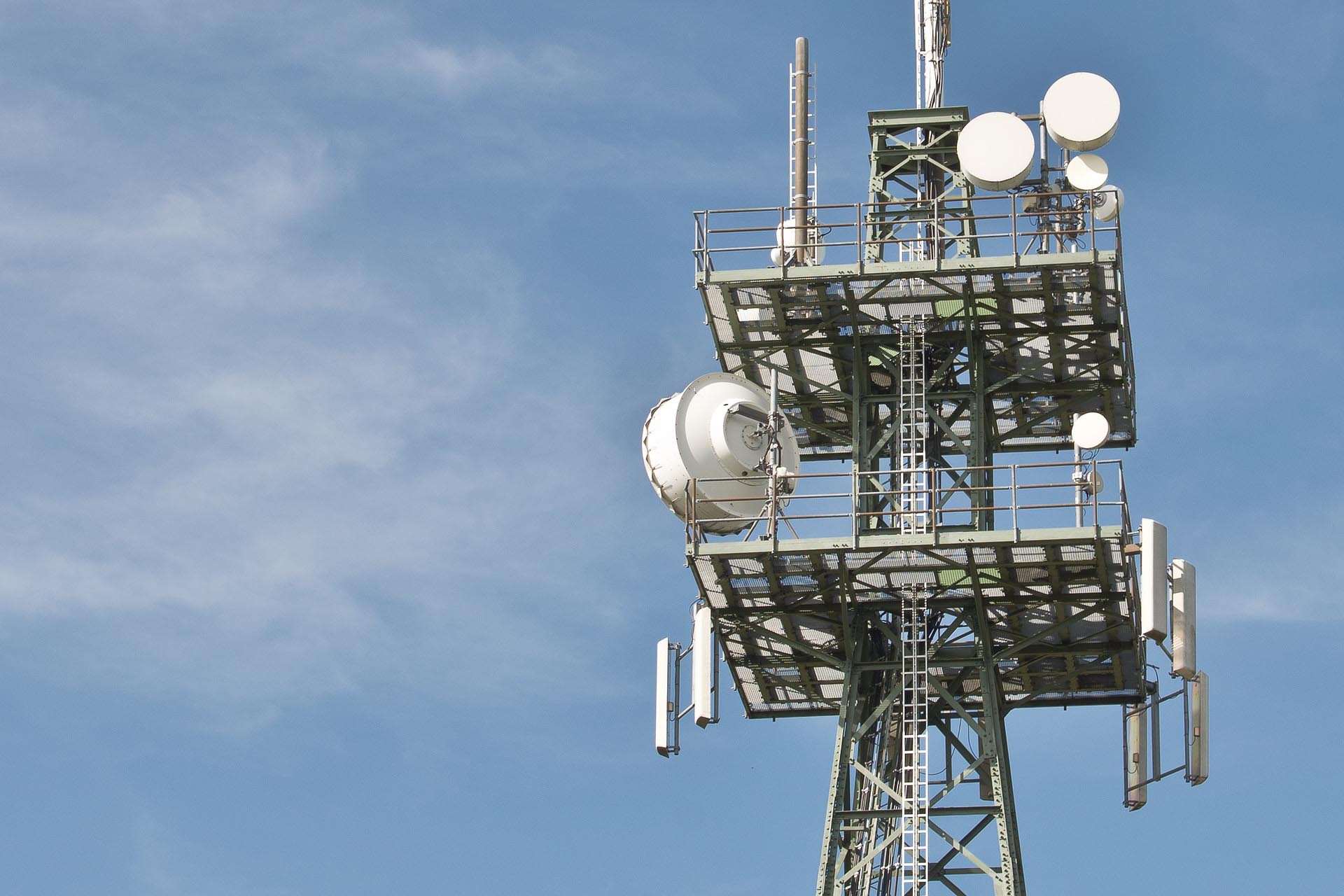5 reasons why telecoms providers should rely on sustainable cyber resilience
 Companies from the IT and telecommunications sector, which are operating critical infrastructures, are top targets for hackers. They therefore need to be as secure as possible. This is where sustainable cyber resilience comes in.
Companies from the IT and telecommunications sector, which are operating critical infrastructures, are top targets for hackers. They therefore need to be as secure as possible. This is where sustainable cyber resilience comes in.
Sustainable cyber resilience is a vital defence against cyberattacks. But what exactly does that mean?
It’s become clear that companies can no longer afford to take reactive measures to protect themselves from hackers. They must minimise their attack surface from the outset and, at the same time, ensure that their systems remain operational even in the event of a cyberattack. The sustainable cyber resilience concept goes one step further than IT security and includes both technological and strategic measures. On the technical side, it is necessary to identify and assess risks and close weak points. On the strategic side, business and IT departments must work closely together to make the resilience processes a top priority.
Here are Greenbone’ top five reasons why sustainable cyber resilience is essential for telecoms providers today:
1. Cyberattacks on telecoms companies are on the rise
Ponemon Institute estimates that nine out of ten critical infrastructures have suffered an attack over the past two years. The telecoms sector is particularly at risk, with attacks coming from all sides, including government agencies establishing covert surveillance and cyber criminals in search of highly valuable personal customer data. Indeed, especially with the introduction of 5G and suspicions (rightly or wrongly) surrounding the use of Huawei equipment, UK telecoms providers have been urged to strengthen their cyber security defences by the NCSC to fend off the growing number of attacks.
2. Telecommunications connect all critical infrastructure sectors
If the telecoms infrastructure fails, other critical sectors will also be affected. Many control systems in energy and water utilities can’t function if they can’t transmit or exchange data. The financial system would come to a standstill; so too would the healthcare system. A telecoms sector that is resistant to cyberattacks is absolutely vital to every walk of society.
3. The target area of telecoms infrastructures is becoming larger
As a result of digitisation, more and more telecoms services have shifted to IP networks. The classic fixed network has become obsolete. Telephony, internet, TV and video streaming are now all IP-based. As a result, communication networks and server systems are becoming increasingly unified. But this also means that hackers can cause massive damage by attacking the IP network. Furthermore, mobile is becoming increasingly important. Many IoT devices use mobile networks and, as a result, cybercriminals have more and more points of attack. The new 5G mobile communications standard will bring even more technical complexity and, with it, the need for new IT security requirements.
4. Nested responsibilities make security more difficult
Many different companies and subcontractors are often involved in telecoms infrastructures. Some of them are located in different countries. Whilst this makes it difficult to provide security it also means that it is all the more important to establish a uniform, consistent level of protection with a resilience concept.
5. The EU NIS Directive makes resilience building blocks mandatory
Since May 2018, critical infrastructure companies in the telecoms sector have been obliged to provide evidence of suitable technical and organisational measures to protect against cybercrime. This is prescribed by the EU NIS Directive. ISO 27001 certification provides a good blueprint for resilience. Among other items, it mandates vulnerability management, an important cornerstone of sustainable cyber resilience.
Minimising risks with sustainable resilience
It’s not for nothing that attacks on telecoms infrastructures are so popular with hackers. Here they find a growing, complex attack surface on which they can cause great damage. ICT companies should therefore do everything they can to make their systems sustainably resilient. For a comprehensive concept of Sustainable Cyber Resilience, ICT companies must take the appropriate technical and organisational measures.
This includes vulnerability management.



